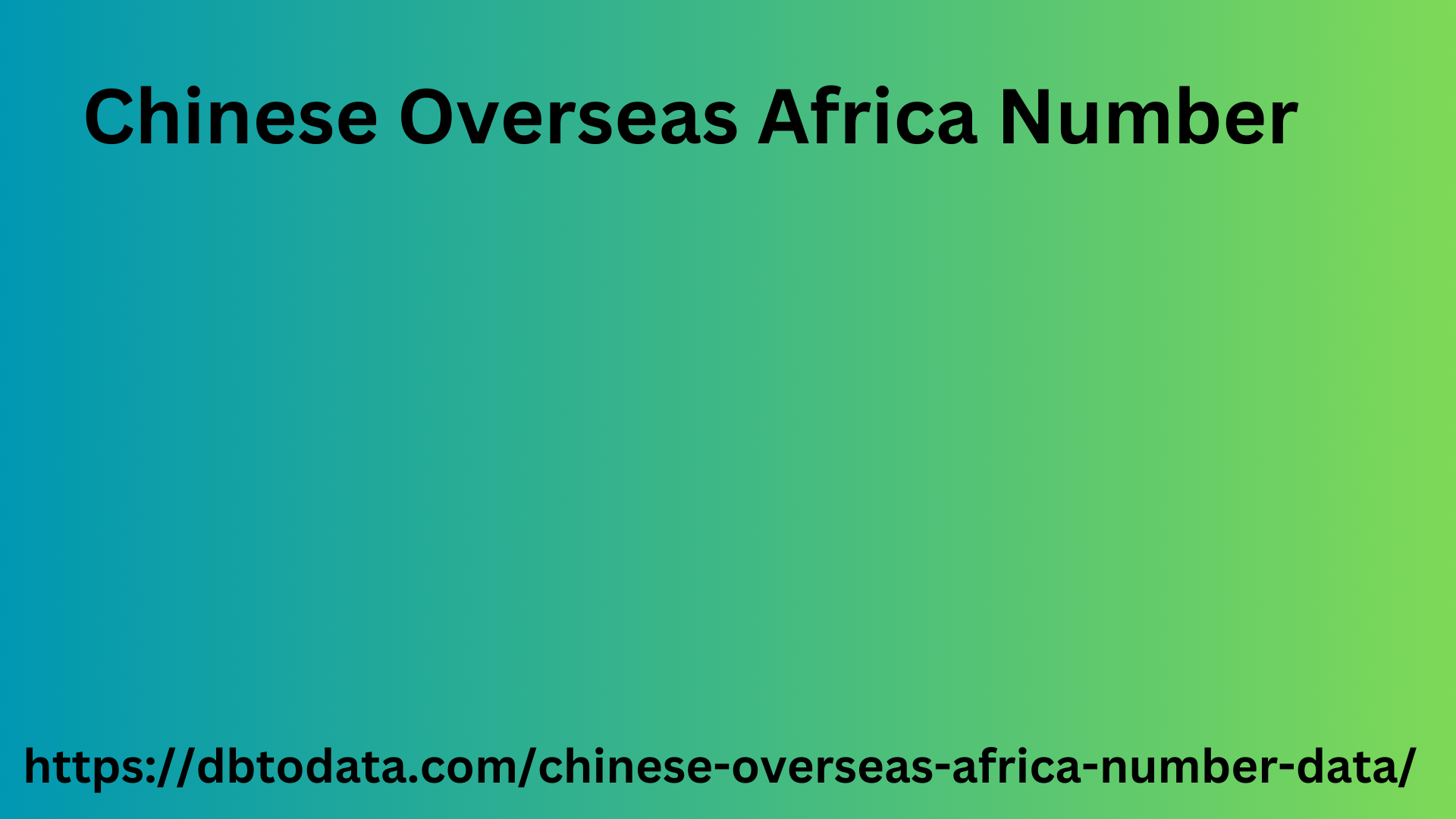|
|
In an increasingly data-driven world, the utilization of temperature data stands out as a pivotal asset across diverse sectors. From climate research to industrial processes, understanding temperature variations empowers organizations to make informed decisions, optimize operations, and mitigate risks.
Temperature data serves as a cornerstone in climate studies, providing essential insights into global warming trends, weather patterns, and environmental changes. Through advanced monitoring technologies and data analysis techniques, scientists can decipher intricate climate dynamics, anticipate extreme weather events, and formulate proactive measures for climate resilience.
Moreover, in industries such as manufacturing, agriculture, and healthcare, temperature data plays a critical role in ensuring product quality, optimizing production processes, and safeguarding sensitive materials. Real-time monitoring of temperature parameters enables timely interventions, preventing equipment failures, minimizing spoilage, and preserving product integrity.
In the realm of healthcare, the precise management of temperature-sensitive pharmaceuticals, vaccines, and biological samples relies on accurate temperature monitoring throughout Chinese Overseas Africa Number the supply chain. Any deviations from the optimal temperature range can compromise the efficacy and safety of these products, highlighting the importance of robust temperature data management systems.

Furthermore, in sectors like energy and infrastructure, temperature data aids in infrastructure monitoring, predictive maintenance, and asset management. By continuously monitoring temperature variations in critical components such as pipelines, bridges, and power grids, organizations can detect potential failures, optimize maintenance schedules, and enhance overall reliability.
The proliferation of Internet of Things (IoT) devices and sensor networks has revolutionized the collection and analysis of temperature data, offering unprecedented opportunities for insights and optimization. These interconnected systems enable real-time monitoring, remote diagnostics, and predictive analytics, empowering organizations to adapt swiftly to changing conditions and maximize operational efficiency.
As organizations harness the power of temperature data, they must prioritize data quality, security, and interoperability to derive meaningful insights and drive actionable outcomes. By integrating temperature data into their decision-making processes, businesses and institutions can unlock new possibilities, enhance sustainability, and thrive in an increasingly complex and interconnected world.
|
|